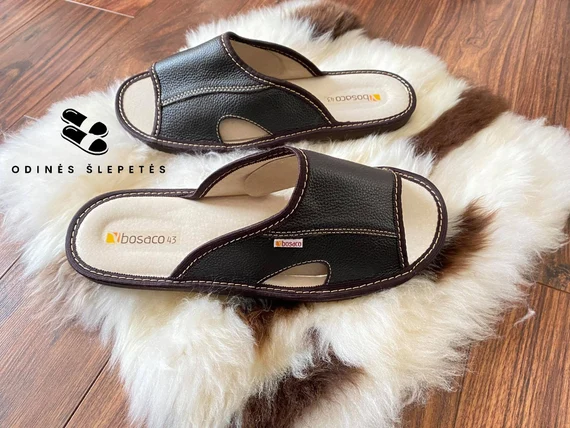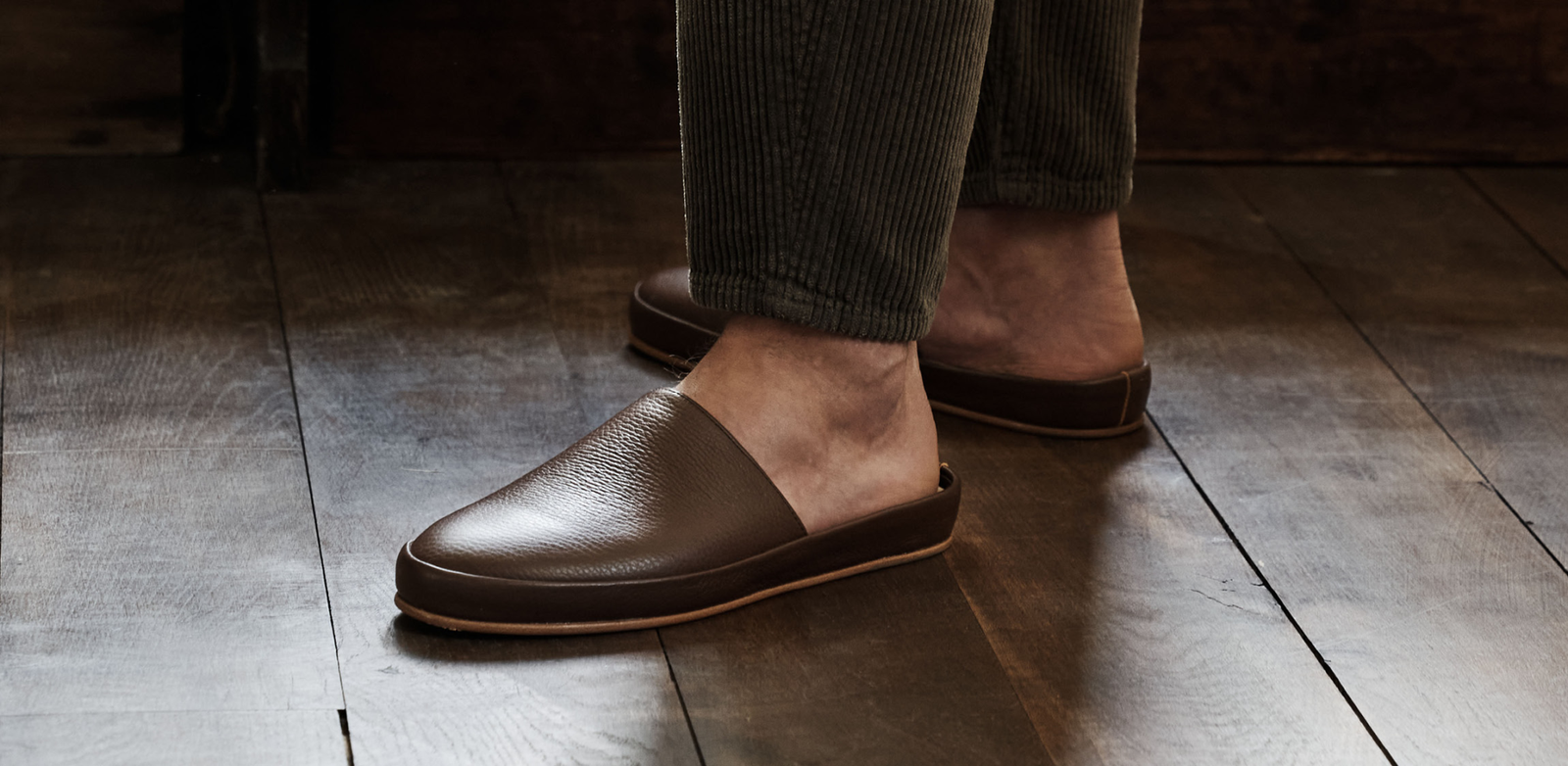Italy is known for style, craftsmanship, and quality products, especially in the footwear industry. If you’re a Chinese slipper manufacturer looking to expand or improve your slipper offerings for international buyers, you should know about the “Slipper Italian” market. This blog post will walk B2B buyers, specifically wholesalers, distributors, and retailers, through the ins and outs of Italian slippers, what makes them special, and how they can fit into your buying strategy.
1. Understanding the Heritage of Italian Footwear
Italy has a long tradition of making high-quality shoes. Regions like Tuscany, Lombardy, and Marche are known for their craftsmanship. Italian slippers, like other shoes made in Italy, have the following characteristics:

Artisan Craftsmanship
Many Italian slippers are made by hand. They are crafted with great attention to detail. This craftsmanship makes them durable, which is a selling point for B2B buyers who want to offer a high-quality product to their customers.
Premium Materials
Italian slippers often use high-quality leather, suede, and textiles, which not only enhances their durability but also improves comfort.
Timeless Design
The simple, elegant design of Italian slippers appeals to people who buy luxury products. This is a selling point for B2B buyers who want to offer something different from the mass-produced slippers their customers can buy anywhere.
With these characteristics in mind, you need to know how Italian slipper manufacturers keep their reputation for delivering high-quality products while staying on top of current trends and sustainability standards.
2. The Appeal of Italian Slippers in International Markets
B2B buyers will find Italian slippers appealing to several markets. The premium positioning of Italian-made goods means that, if you market them correctly, you can sell these slippers to:
Luxury Markets
Retailers in luxury markets in Europe, the United States, and Asia love Italian slippers because they’re stylish and high quality.
Boutique Retailers
Small, boutique stores often prefer working with manufacturers that offer exclusive, high-end products that can’t be found in large, mass-market chains.
E-commerce Platforms
As more people buy artisan goods online, Italian slippers give you the opportunity to differentiate your product offerings on e-commerce platforms, especially if you’re targeting people who are picky about what they buy.

Your job as a B2B buyer is to figure out if these slippers are a fit for the markets you serve. You need to understand how much you can sell them for and how you should position them to make the most money.
3. Key Factors to Consider When Sourcing Italian Slippers
If you’re thinking about partnering with an Italian slipper manufacturer, here are some things to consider:
Supplier Reputation and Certifications
Many Italian footwear manufacturers are small- to medium-sized businesses with great reputations in their region. However, to make sure they meet international quality and compliance standards, look for certifications like ISO standards or quality marks specific to the footwear industry.
Customization Options
As a B2B buyer, you may have specific needs. For example, you might need to put your branding on the slippers. You might need to tweak the designs to fit your market. You might need to adjust production to meet seasonal demand. Look for Italian manufacturers who offer customization options.

Pricing and Margins
Italian slippers are often more expensive because of the premium materials and craftsmanship involved. As a buyer, you need to figure out how you can make good margins, especially if you’re selling these slippers in markets that are more price sensitive.
Shipping and Logistics
Italy is well-connected when it comes to shipping. However, if you’re an international buyer, you need to consider shipping costs and lead times. You also need to make sure the supplier can meet your volume and frequency requirements, especially if you’re working with just-in-time inventory systems.

4. Identifying Key Regions for Italian Slipper Production
Different regions in Italy specialize in different types of shoes, and slippers are no exception. Here are some key areas to look at:
Tuscany
This region is known for luxury leather goods. They combine traditional craftsmanship with modern design to make high-end slippers that are both stylish and comfortable.

Veneto
Veneto is another region known for its strong textile industry. Slippers from this area often use quality fabric materials. This is a great place to look if you want a more casual, yet elegant, slipper.
Marche
This region has a long-standing reputation for making some of the best shoes in the world. They also make high-end slippers that combine artisan techniques with innovative designs.
When sourcing, it is important to focus on manufacturers from these regions as they provide a higher level of quality and consistency in their products.
5. Differentiating Your Product: How Chinese Slippers Compare
As a Chinese slipper manufacturer, you need to know how your product compares to Italian slippers. Here are some things to think about:
Price Point
Italian slippers are often positioned as premium or luxury items. That means they can command higher prices. If you’re making more affordable slippers, you can target different market segments and create a wider range of products.
Production Scale
Italian manufacturers, especially the artisanal ones, often have smaller production runs. If you have larger production capabilities in China, you might be able to take on higher volume orders while incorporating some of the design elements that make Italian slippers unique.

Sustainability
Both Italian and Chinese manufacturers are moving toward more sustainable materials and processes. By adopting more eco-friendly practices, you can compete in markets where sustainability is a big selling point, especially among younger buyers.
6. The B2B Buying Process: Building Relationships with Italian Suppliers
Building long-term, reliable relationships with Italian slipper suppliers takes some planning and relationship management. Here are the steps to make sure you get the slippers you need when you need them:
Research and Initial Contact
Use trade shows, B2B marketplaces, or direct outreach to contact Italian slipper manufacturers. Personal introductions and face-to-face meetings are highly valued in Italian business culture, so attending European footwear trade shows like MICAM is a good starting point.

Negotiation
Italian suppliers are often open to negotiations, especially when it comes to order volume, delivery terms, and exclusivity agreements. But always remember, they’re all about quality over quantity.
Trial Orders
Start with a trial order to test the quality, lead times, and how easy it is to work with the supplier. This will also help you build trust before you start doing larger, long-term contracts.
Contracts and Compliance
Make sure you have everything in writing in your contracts. This includes what happens if you get defective goods, when you get your goods, and when you pay for your goods. Also, make sure you’re in compliance with international standards like REACH (Registration, Evaluation, Authorization, and Restriction of Chemicals) if you’re importing slippers into the European Union.

7. Forecasting Market Trends for Slippers
The global slipper market is expected to grow, especially in the premium and luxury segments, as people prioritize comfort and style in their at-home footwear. Here are some trends you should know about if you’re a B2B buyer:
Sustainability
People want eco-friendly and sustainably sourced materials. Italian manufacturers are in a great position to offer these options because they’ve always used natural materials like leather and wool.

Comfort and Wellness
As more people work from home, the demand for comfortable and stylish indoor footwear has increased. This is an opportunity for you to introduce Italian slippers as part of your wellness or lifestyle product offerings.
Customizable Options
People want personalized products. That could be anything from embroidered initials to made-to-order slippers. Italian manufacturers, with their artisan heritage, are perfect partners for creating a bespoke slipper collection for high-end retailers.
8. Conclusion

Italian slippers offer a unique opportunity for B2B buyers who want to expand their product offerings with high-quality, artisanal items. Whether you’re serving the luxury market, looking for something unique to put in boutique stores, or building an e-commerce platform focused on quality, sourcing Italian slippers can help elevate your brand’s reputation. Just make sure you balance the high costs with premium positioning, strong supplier relationships, and effective market strategies to ensure long-term profitability.
For Chinese manufacturers, working with Italian suppliers or adopting their quality-focused production methods can open up new business models. You can either integrate Italian craftsmanship into your offering or differentiate yourself through price and volume. Either way, the Italian slipper market offers many opportunities for B2B growth.


